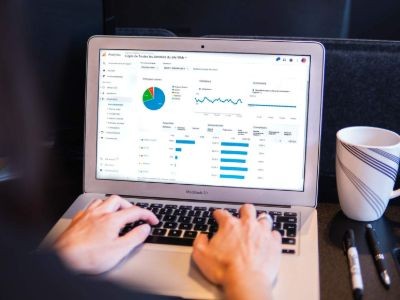Presenting data visually is an effective way of conveying key information, making it an important component of good communication. This module examines how IMOs can turn data into easy-to-interpret information using visualizations. These can be added into information products such as dashboards, presentations and newsletters to improve the way information is conveyed.
Lesson 2: Design principles
Lesson 3: Types of visualization
Lesson 4: Humanitarian icons
Lesson 5: Application
Learning objectives
By the end of this module, you will be able to:
- Describe the purpose of presenting information visually and how this can support the communication of humanitarian information
- State key principles for designing effective visualizations
- Identify different types of visualizations and their uses and list software that you can use to create them
- Explain what humanitarian icons are used for
- Apply design principles to create a simple visualization.
Audience
This module is suitable for anyone who is interested developing their knowledge and skills for information management in humanitarian contexts, including those who need to engage with coordination and humanitarian architecture on this topic.
Length
It should take you about 50 minutes to complete this self-paced course.
Methodology
This course is composed of a single short self-paced animated module, including various examples and activities.
Structure
Introduction
Lesson 1: What is visualizationLesson 2: Design principles
Lesson 3: Types of visualization
Lesson 4: Humanitarian icons
Lesson 5: Application
Summary
Suggested prior learning
- Communicating Information in a Humanitarian Response
Suggested further learning
- Communicating through maps
- Creating effective dashboards
- Creating information products in PowerBI
